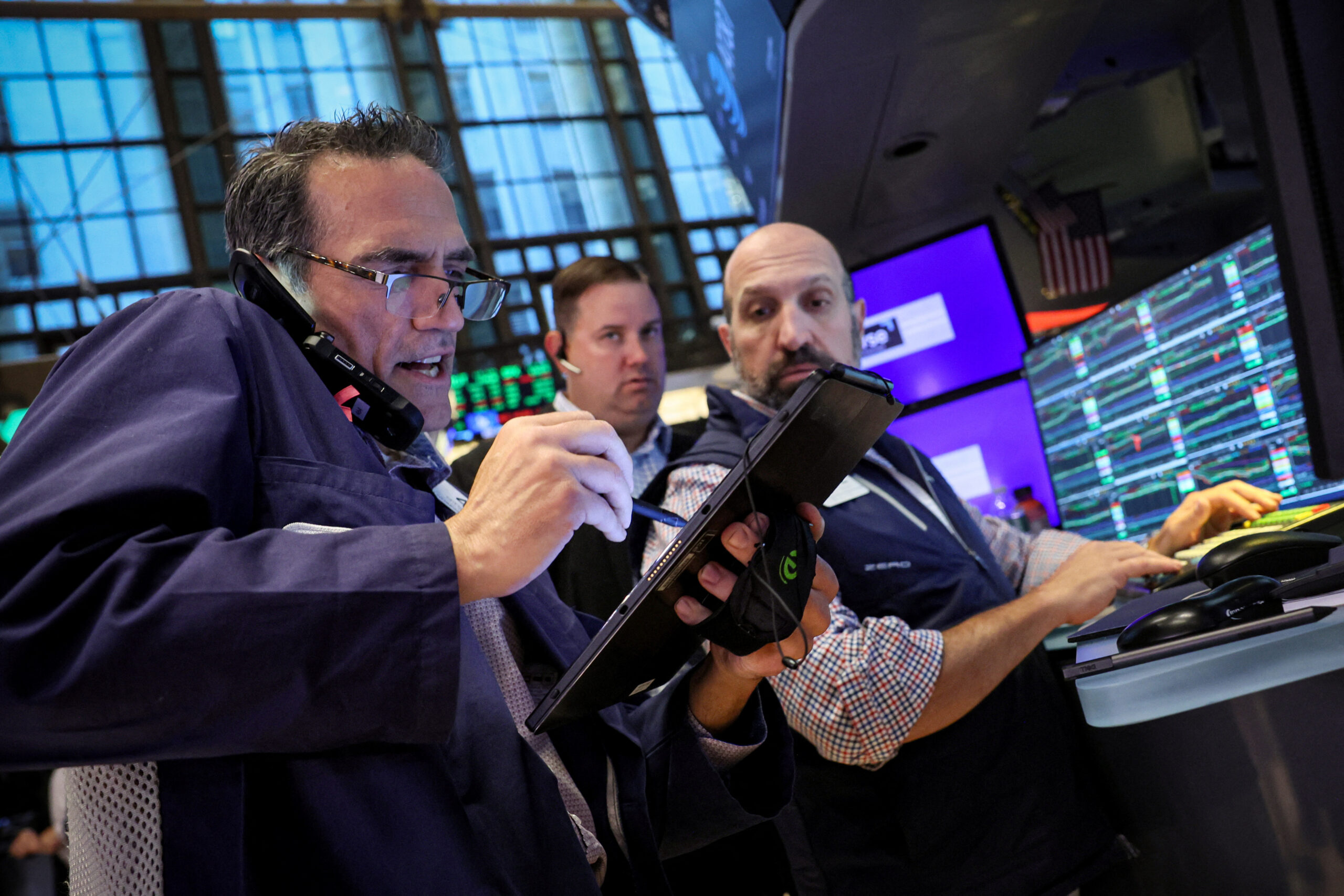NEW YORK/SINGAPORE – According to funds managers, this week’s huge selloff in global markets, triggered by an unwinding of yen-funded trades, is far from over and could eventually spread to credit markets, impair some banks, and possibly hurt the U.S. dollar.
By Thursday, market volatility had subsided but stock markets struggled for direction and investors tried to guess how many more yen-funded leveraged trades remained to be unwound.
The market mayhem since last Friday – which pushed Japan’s Nikkei index into bear market territory and caused the benchmark U.S. S&P 500 to crumble 6% in five trading days – was triggered by a Bank of Japan rate rise last week, that gutted billions of dollars worth yen-funded trades as the yen soared 10% in a month.
“I think we’ve seen the panic stage of forced liquidation etc, but going forward I’m sure there will still be investors that are now looking to at least reduce exposure,” said Khoon Goh, head of Asia research at ANZ.
The problem is no one knows what will be unwound and how much is at stake.
Hundreds of billions of yen found their way into juicy carry trades over more than a decade when Japanese interest rates were at zero. And on top of that, there are carry trades funded in cheap Swiss francs and China’s yuan.
Trades worth even larger sums could be at risk, assuming hedge funds and leveraged investors amplified their bets with cheap borrowings.
UNDER PRESSURE
”The concern is if anything blows up and loans can’t get paid back,” said Quincy Krosby, chief global strategist for LPL Financial.
“One of the things we’re watching is if any banks are under pressure right now because they’ve been lending too much, either to hedge funds or retail investors. It’s buried under the larger equation of how we look at the carry trade.”
Measures of the yen carry trade, which is at the crux of this week’s rout, vary widely. Some analysts use Japan’s foreign portfolio investments, which are nearly $4 trillion, as a rough gauge.
Analysts at TS Lombard narrow it down to the total overseas borrowing from Japan since the end of 2022, and Japanese investment in foreign securities over that period. “Investors may need to find up to $1.1 trillion to pay off yen carry-trade borrowing,” they said in a note.
UBS Japan macro strategist James Malcolm reckons the trade is worth about $500 billion and less than half has been unwound so far; Nikolaos Panigirtzoglou and other analysts at J.P. Morgan put the yen carry trade at $4 trillion.
“While yen positions swung from oversold to overbought territory, the broader yen carry trade … has likely seen much more limited unwinding,” they said.
Goldman Sachs global head of hedge fund coverage Tony Pasquariello also notes that the bank’s prime brokerage data “curiously” does not show a lot of selling. “Is the entire trading community fully cleansed of risk? Of course not,” Goldman said in a note.
WATCH BONDS
Some of the answers to that question, and clues to which shoe might drop next, lie in bonds, which have not sold off as aggressively as equities even in the riskiest tranches.
U.S. short-term Treasury yields have fallen since last Friday, primarily because of dismal U.S. jobs data that heightened expectations for swift Fed rate cuts and drove some of the panic equities selling.
U.S. junk bond spreads over risk-free Treasury yields have widened, but only slightly, and investment-grade bond index spreads have narrowed.
“I struggle to square credit bonds (being) largely unmoved versus other risk markets,” said Rong Ren Goh, a portfolio manager in the fixed income team at Eastspring Investments. “Assuming equities continue to struggle, I suspect there will be some adjustment in (the) credit space.”
It is also possible that Japanese investors will bring their massive Treasury and other overseas bond investments home, said Carlos Casanova, senior economist for Asia at UBP.
While that could be an unhurried repatriation, it is a flow big enough to give global bond markets another scare.
The crowded long-dollar trade is another one to watch.
“If the Fed embarks on an aggressive easing spree, the dollar is going to weaken a lot. People are going to get squeezed,” said Harish Neelakandan, co-chief investment officer of AlphaEngine Global Investment Solutions.
“People who have currency positions, either outright speculative positions or they’ve been using the strategy to fund, they’re going to be forced out of those trades. So that’s the risk that I see.”
(Source: Reuters)
Kevin Putnam is a financial journalist and editor based in New York. He specializes in editing news and analysis related to U.S. stock market. Read Full Bio










